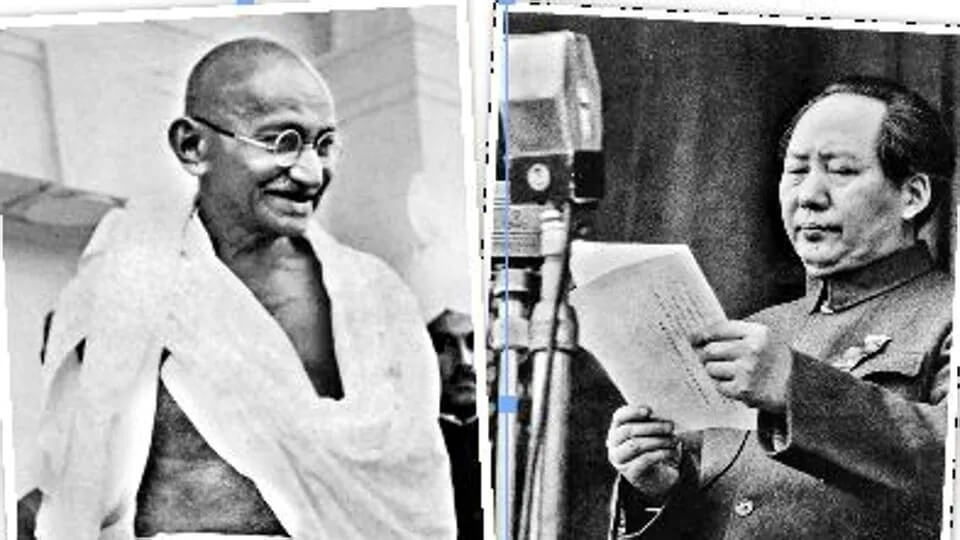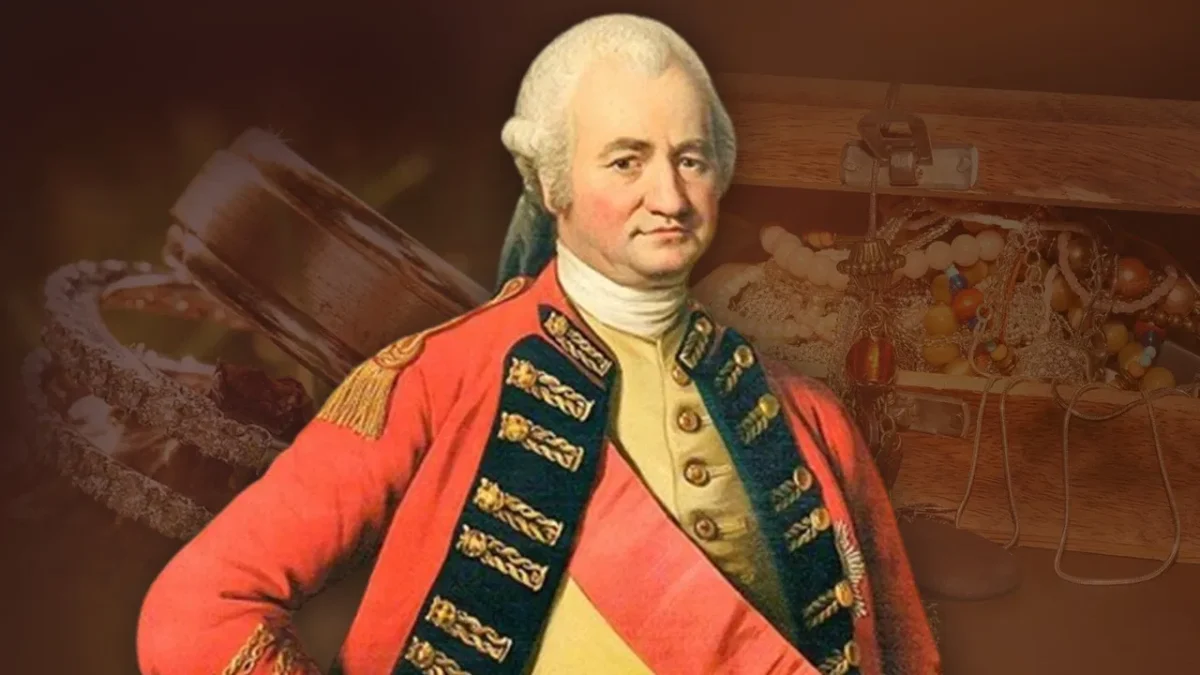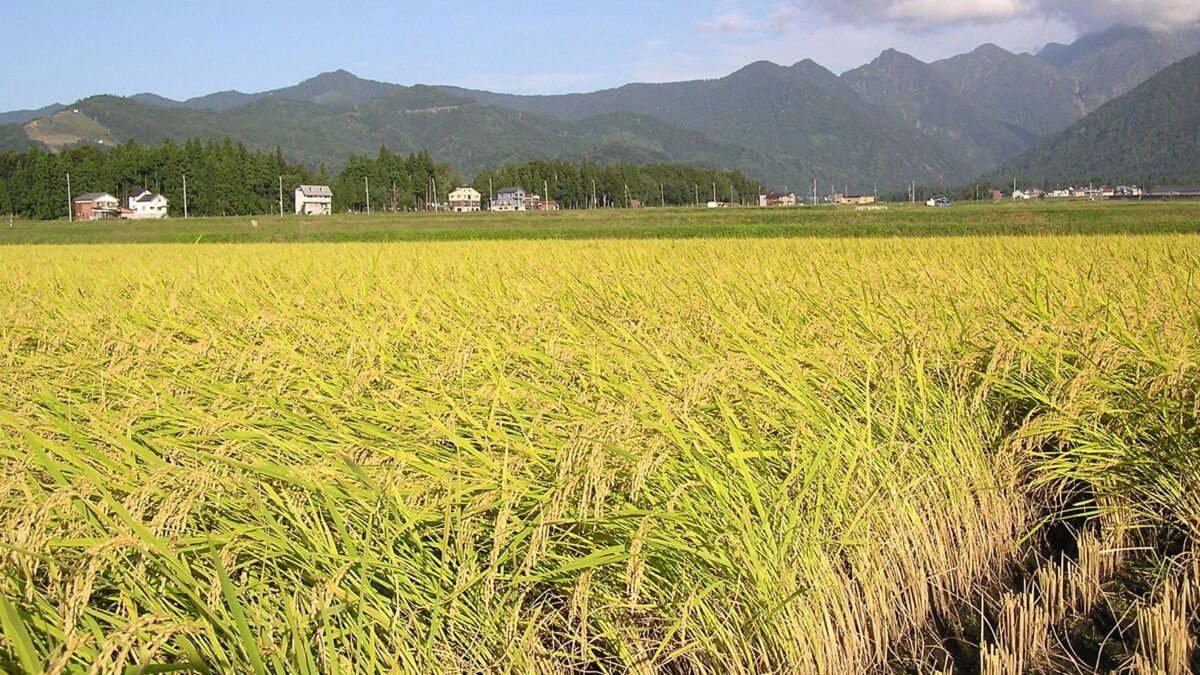Two Role Models: Gandhiji And Mao Zedong

There were only two models of anti-colonial struggle that deserved to be noticed across the continent. One is of Mohanchand Karamchand Gandhi of India and another is of Mao Zedong of China. Only these two acted as real role models for freedom fighters.
In his historical judgement, the historian Emerson asserted that Gandhi’s path of struggle for freedom was much more successful than Mao’s. Because of this, Gandhiji was immortalised by Nelson Mandela. The British rulers played every tactic of the trade to divide and rule over their precious colonial possession. So, the nationalists had to handle, the “Harijan question” and the Muslim question to keep the anti-colonial struggle united.
The British were equally determined to weaken this united struggle by making sectarian caste and communal issues intractable. The author Emerson has successfully substantiated his claim that Gandhiji delegitimised the Hindu caste system by evolving social and ideological approaches to create a solid base for dignity and self-respect for the Dalits. Gandhiji countered the colonial rulers’ every divisive effort such as the communal award which was announced by Ramsay MacDonald for separate electorates for scheduled castes. Gandhiji even launched a constructive programme by showing through his life the untenable nature of untouchability.
Mao Zedong has a complex legacy, neither wholly good nor wholly bad. On one hand, Mao’s revolution achieved China’s sovereignty and his land reforms bequeathed land to a formerly landless peasantry. On the other hand, Mao ran an authoritarian government that quashed dissidence and caused years of terror, suffering and famines for his people. Some of his most reactionary policies – state-controlled media, and a one-party system have persisted in China today also.
To conclude, the future of the nation is defined by the character of the country’s leadership.


